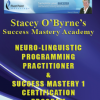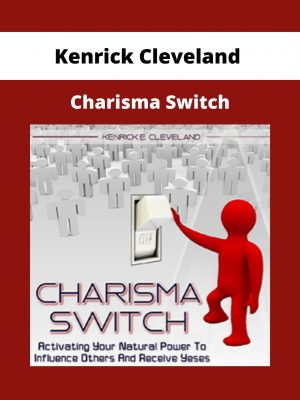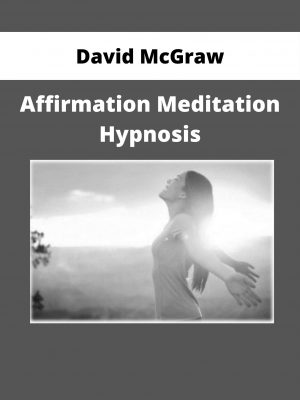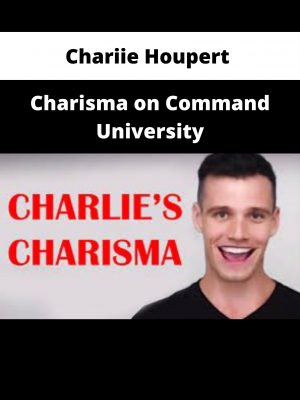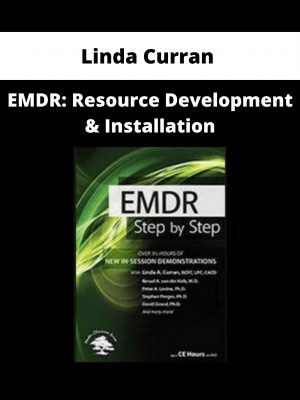Michelle Burns – Innovative Treatments for Upper Cross Syndrome
$100 Original price was: $100.$42Current price is: $42.
Shopping Instructions:
- DISCOUNT 15% : SHOP15
- Product Delivery: Within 1 – 12 hours after purchase.
With Michelle’s unique and comprehensive plan, you’ll be able to not only reduce that client’s pain in less time but save your hands in the process.
Michelle Burns – Innovative Treatments for Upper Cross Syndrome
A client walks into your office with Upper Crossed Syndrome. He has a stooped posture, a bent-forward neck, and is complaining of neck pain, frequent headaches, lockjaw, and swallowing irregularities. You soon find the techniques you’ve been taught in school just don’t seem to relieve the pain or restore supportive posture.
Plus, the amount of time you spend with manual therapy makes your hands not as strong as they need to be for your next client. You wind up frustrated with minimal results and your client finally seeks another therapist to solve the pain puzzle.
Michelle Burns, a retired nurse and LMT for more than 20 years, specializes in postural distortions because she experienced UCS firsthand. With Michelle’s unique and comprehensive plan, you’ll be able to not only reduce that client’s pain in less time but save your hands in the process.
Get the satisfaction that you are restoring the client back to his regular activities for daily living (ADLs). Watch your confidence level rise to tackle UCS and other postural distortions when you encounter them with other clients.
- Identify the key movement patterns involved in Upper Crossed Syndrome (UCS).
- Distinguish between UCS and other look-alike disorders with 3 unique identifying markers.
- Assess 4 steps to lengthen locked, short muscles and unlock long muscles.
- Discover effective strategies for addressing musculature issues involved with UCS.
- Demonstrate effective techniques to restore muscle balance, healthy movement, and posture.
- Practice stretches and simple strengthening movements to address symptoms.
Would you like to receive Michelle Burns – Innovative Treatments for Upper Cross Syndrome ?
UPPER CROSS SYNDROME (UCS) AND TEXT NECK – ARE THEY THE SAME?
- How does UCS present as opposed to Text Neck?
- Imbalances in the upper extremity that can cause UCS and Text Neck
- Weakened and shortened muscles
- Physiology of postural or tonic muscles
- Physiology of phasic or type 2 muscles
- Joint involvement
- Nerve involvement
- 3 easy signs to know if someone has either UCS or Text Neck
- Additional symptoms
- Cautions and contra-indications to be aware of
HOW TO USE RECIPROCAL INHABITATION TO UNDUE PROGRESSIVE, POOR POSTURE
- 4 simple steps to relax and lengthen locked, short muscles
- 4 simple steps to unlock long muscles
HOW TO ASSESS VARIOUS SYMPTOMS AND RESTORE CLIENT’S MOVEMENT AND POSTURE
- Rotator cuff injury and shoulder pain
- Trigger Point referral pain
- Decentration of humeral head
- Muscle release
- Stretches
- Thoracic Outlet Syndrome
- Acromioclavicular impingement
- Trigger point referral pain
- Muscle release
- Strengthening movements
- Stretches
- “Sinus” headaches
- Occipital nerve impingement
- Trigger point referral pain
- Muscle release
- Stretches
- Difficulty swallowing and sore throat
- Deep cervical flexors
- Trigger point referral pain
- Strengthening movements
- Dowager’s hump
- Compressive forces at transition zones
- Strengthening movements
Hands-On Lab
- Demonstrate Protocol when faced with UCS
- Sherrington’s Law
- Hilton’s Law
- Locked short muscles
- Locked long muscles
- Prone
- Practice stretches and strengthening movements
IDENTIFY FUNCTIONAL TREATMENT GOALS
Related products
NLP & Hypnosis
NLP & Hypnosis
NLP & Hypnosis
NLP & Hypnosis
NLP & Hypnosis
NLP & Hypnosis
NLP & Hypnosis

